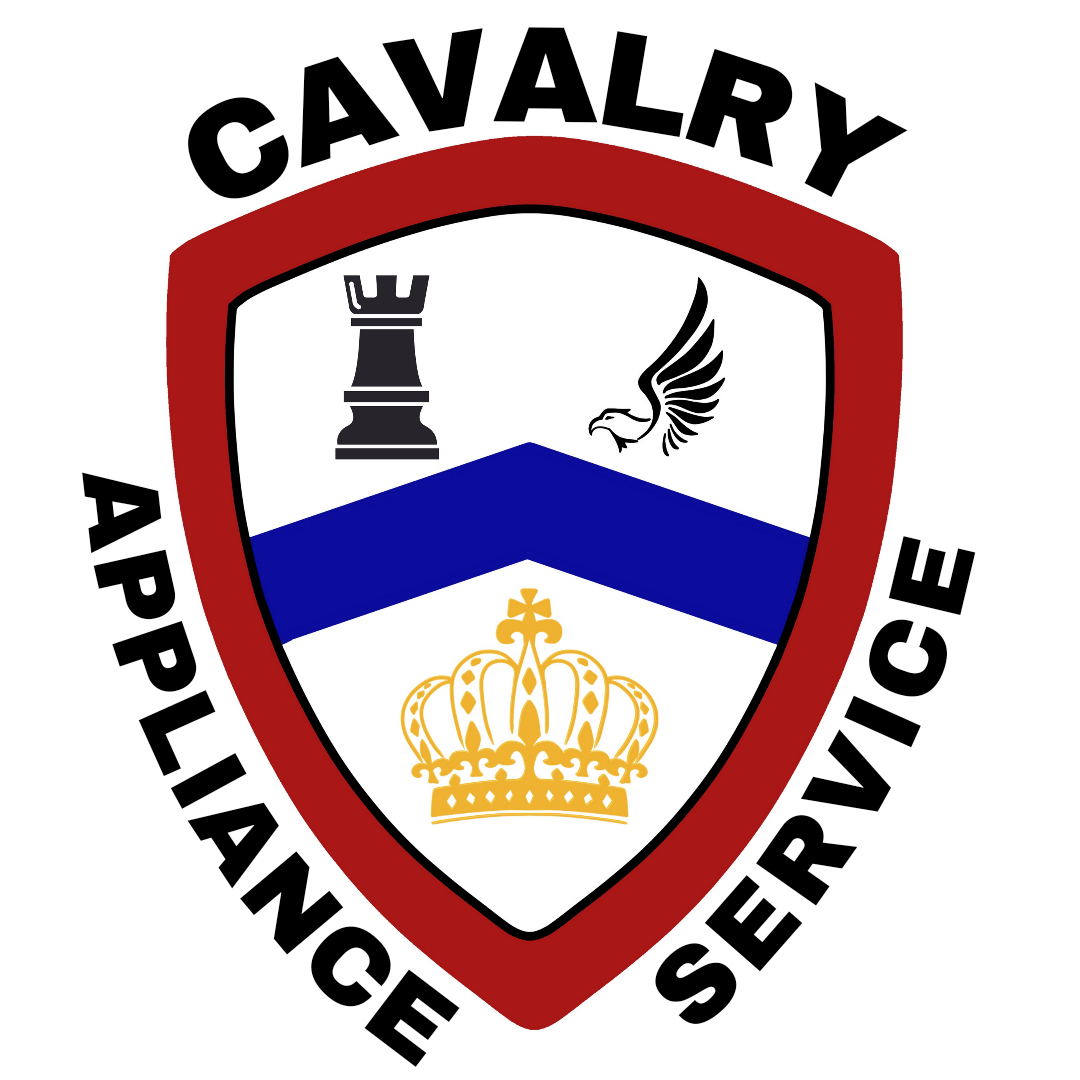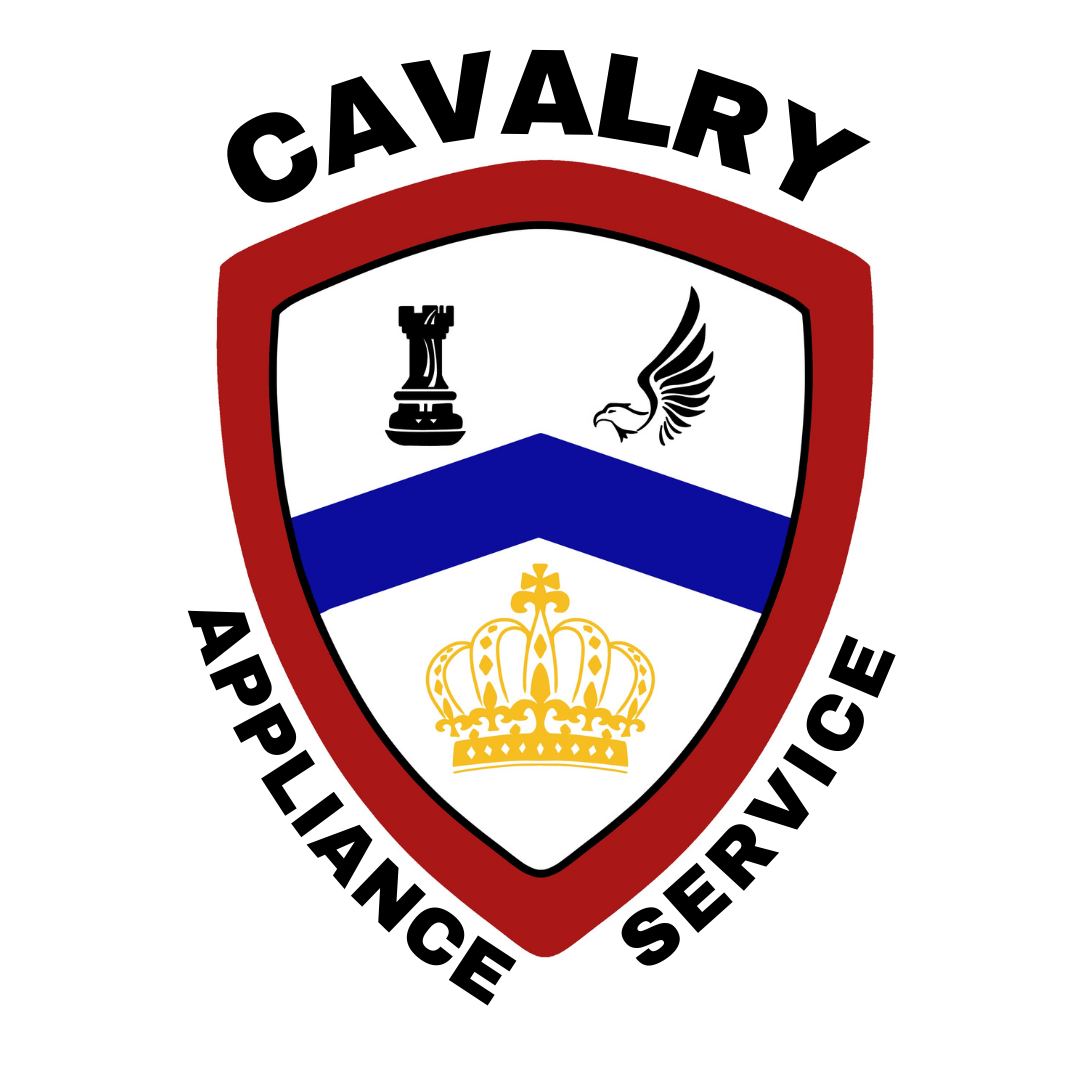Mastering Fridge Temps for Food Safety
Keeping food fresh and safe is one of the main reasons we rely on our refrigerators, but did you know that improper temperature settings can actually put your food—and your health—at risk? Understanding how to adjust your refrigerator temperature for ideal food safety can prevent foodborne illnesses, reduce waste, and even save energy. This guide will walk you through the best practices for setting your refrigerator temperature, including how to check and adjust settings and simple tips to ensure your food stays safe.
The Science Behind Refrigerator Temperatures:
The USDA recommends keeping the refrigerator below 40°F (4°C) and the freezer at 0°F (-18°C). These temperatures slow bacterial growth, keeping food fresher for longer.
Lower temperatures can prevent the spread of pathogens like Salmonella, E. coli, and Listeria, which are responsible for many foodborne illnesses.
Why the Right Temperature Matters:
Preservation: Food kept at or below 40°F lasts longer, reducing spoilage and waste.
Safety: Temperatures above 40°F create a "danger zone" where bacteria multiply quickly.
Energy Efficiency: Setting the fridge too low can waste energy, while a slightly higher, safe setting can save on electricity. We recommend 37 degrees.
How to Check and Adjust Your Refrigerator Temperature:
Using a Thermometer: Even with digital settings, check with a thermometer to confirm accuracy. A candy thermometer in a glass of water works best. Place it in the center of the fridge for a true reading.
Optimal Settings for Compartments: Some fridges have settings for specific compartments like meat or vegetable bins; learn how to adjust these for the food you store.
Weekly Checks: Temperature can fluctuate, so weekly checks help ensure consistency.
Tips for Maintaining Consistent Temperature:
Avoid Overloading: Airflow is crucial for temperature regulation. Don’t block vents or overcrowd shelves.
Minimize Door Openings: Frequent or prolonged openings raise the temperature quickly.
Seasonal Adjustments: Consider lowering the temperature in warmer months when ambient temperatures can affect your refrigerator's performance.
Common Myths About Refrigerator Temperatures:
Myth 1: "Colder is always better." Too low a temperature can actually damage some foods and waste energy.
Myth 2: "My fridge is cold enough because I feel cool air." Cool air alone isn’t enough; specific temperatures are what matters.
So, to summarize:
Setting your refrigerator temperature correctly is a simple but essential step toward food safety. By maintaining a steady 37°F (2.78°C) in the refrigerator and 0°F (-18°C) in the freezer, you can keep your food safe, reduce waste, and save on energy costs. Next time you check your fridge settings, remember these tips to ensure your food is stored at the safest temperature possible.
At your service,
Your Cavalry Appliance Team

